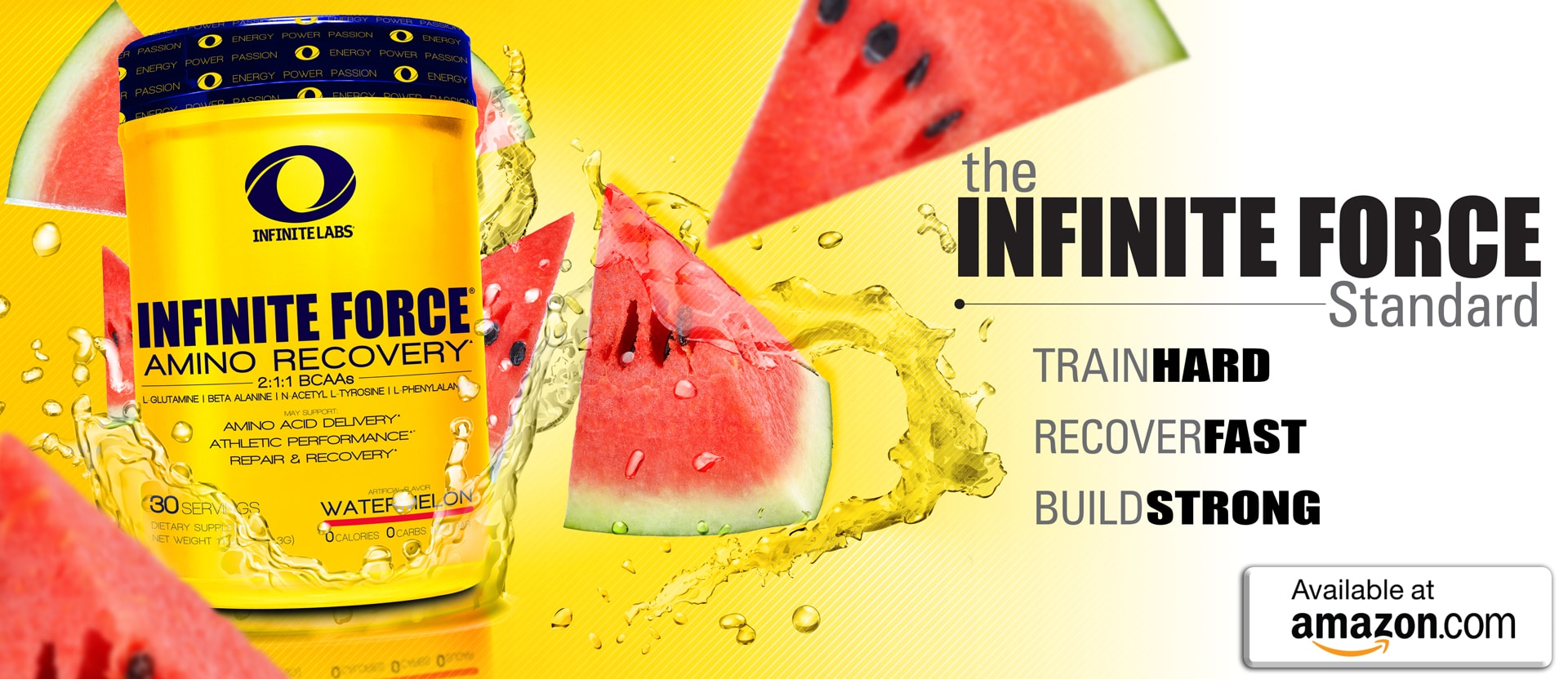Burn More Fat by Getting Out of The Fat Burning Zone
Table of Contents
The Fat Burning Zone Myth |
by: Robbie Durand
“If you want to lose weight you need to do long, slow, steady-state aerobic exercise in the fat burning zone.”
For years, men and women who want to lose weight have been told to exercise in the “fat burning zone.” As a result, aerobic training is widely recommended for weight loss. The idea is if you keep your heart rate in the “fat burning zone,” which is roughly 55% to 65% of your workout to burn fat optimally. The argument for training in the “fat burning zone” is that low-intensity aerobic training will allow your body to use more fat as an energy source, thereby accelerating the loss of body fat. Your body can only burn fat in the presence of oxygen, which is why at rest, your body burns primarily fat. While it is true that a higher proportion of calories burned during low-intensity exercise come from fat (about 60 percent as opposed to approximately 35 percent from high-intensity programs), high-intensity exercise still burns more calories from fat in the final analysis. So for all the dieters who want to lose weight, doing low cardio exercise is not going to enhance weight loss. When exercising, a person should be more concerned about total calories burned than the fat burning zone. A dieter will lose more body fat by doing high intensity interval training.

Another misconception about the “fat burning zone” myth is that dieters believe that is that metabolism is elevated after long duration aerobic exercise. This is a myth; metabolism is not elevated after aerobic exercise. The most significant evidence of this “elevated metabolism” after training comes from a study using indirect calorimetry in a respiration chamber. This means hanging out in a metabolic chamber where researchers continuously measure your metabolic rate. At the end of the study, researchers found no difference in 24-hour fat utilization between sedentary and exercise conditions. This means that there was no increase in metabolism after exercise. A recent review of all the scientific studies on exercise intensity and fat loss has concluded that low-intensity exercise training is less effective in reducing body fat than moderate to high intensity exercise training. So what’s the best way to lose fat? It’s not using the treadmill; it’s hitting the weights!!


|
Weights not Cardio for Fat Loss Hitting the weights will do more for fat loss than doing hours of cardio. In support of this idea, several animal experiments have demonstrated that the size of adipose tissue is dictated by the amount of lean muscle mass. This means the more muscle you have, the more fat you will burn. Here is an interesting study to prove this. Researchers injected mice with a protein called a myostatin inhibitor which increases muscle mass. Without any exercise, the mice increased their lean muscle mass but also resulted in lower body fat. |
High Intensity Resistance Exercise Increases Fat Burning
Researchers took trained men and had them perform a traditional workout with prolonged rest periods between sets while doing four sets of eight different exercises (bench press, leg press, leg curl, seated row, military press, biceps curl, triceps extension, and situp). A second group performed high-intensity training, using heavier weights and lower reps. The high-intensity workout was much shorter. The traditional workout took 52 minutes to complete, whereas the high-intensity workout took 22 minutes. They measured the men’s metabolic rate on two separate occasions, once before the workout and then again 22 hours after it was finished. At the end of the study, training volume was much higher for the traditional resistance-training group (17,273 pounds vs. 8,536 pounds). When the metabolic rate was measured 22 hours after regular training, resting energy expenditure was about 100 calories higher than normal, whereas resting metabolism rose by more than 450 calories in the high-intensity training group. Furthermore, high-intensity training increased the rate at which fat was being oxidized to a greater extent than traditional training. The researchers suspected that the greater post-exercise muscle damage that occurred during high-intensity training resulted in greater energy expenditure for muscle tissue repair and protein synthesis that could contribute to greater metabolic energy expenditure after training. So get the notion that you need to spend hours in the gym to get results, you can get in and out of the gym and make better gains by training harder, not longer.
|
High Intensity Exercise is Best for getting Rid of Love Handles Anaerobic high-intensity intermittent training produces greater abdominal fat reduction than continuous aerobic training at similar amounts of energy expenditure. Many studies have demonstrated that interval training can substantially lower abdominal body fat. For example, one study demonstrated an exercise training-induced reduction in visceral fat, abdominal subcutaneous fat, and total abdominal fat. What that means is there was a relationship between the exercise intensity and the amount of fat lost in the study. In fact, according to new research, a short few minutes a few times a week of high-intensity interval training, or HIIT, should be enough to help you burn off that last belly fat bit. As reported in the Journal of Obesity, HIIT is more effective than traditional aerobic exercise for belly fat reduction. According to the researchers, the reasons may have to do with increased fat metabolism during and after exercise, a better balance of blood sugar, better sensitizing the body’s insulin response and even decreased appetite post-exercise. |
Here are two studies to consider that show the positive impact of exercise intensity on weight loss:
Researchers took 27 middle-aged obese women with metabolic syndrome and subjected them to one of three exercise programs.
Group 1 was the no-exercise control group;
Group 2 was a low intensity (aerobic) exercise group;
Group 3 was the high intensity (HIIT) exercise group
Groups 2 & 3 performed five workouts per week @ 400 calories per workout.
After 16 weeks, the HIIT group had significantly reduced total abdominal fat, abdominal subcutaneous fat, and most importantly abdominal visceral fat. Sadly, Groups 1 & 2 saw no significant changes in fat loss.
In study #2, researchers took 45 average women and subjected them to a 15 week HIIT exercise program.
As in the first study, the women were divided into three groups.
Group 1 was the no-exercise control group;
Group 2 was a low intensity (aerobic) exercise group;
Group 3 was the high intensity (HIIT) exercise group
After 15 weeks, both exercise groups demonstrated a significant improvement in cardiovascular fitness. However, only the HIIT group had a significant reduction in: total body mass, fat mass, abdominal fat, and fasting plasma insulin levels.
| High Intensity training (HIIT or HIRT) is more effective than cardio training for burning off belly fat. |
If you’re at the gym and able to talk to your friend while walking on the treadmill, you may not be exercising hard enough. A recent study may have put the nail in the coffin for steady state exercise cardio. To examine the influence of moderate-intensity (50% of VO2peak) exercise training versus high-intensity (75% of VO2peak) exercise training on regional fat distribution, researchers randomized 18 overweight women to high-intensity, moderate-intensity, or a control group (CON). Subjects enrolled in high-intensity or moderate-intensity completed a 12-week exercise training protocol designed to expend 1000 kcal/week. Body composition testing was completed before and following the exercise training. At the end of the study, VO2peak improved in high-intensity and moderate-intensity whereas there was no change in VO2peak in control. No significant change in body weight, BMI, and % fat occurred in moderate-intensity, high-intensity, or control.
Although there was a significant reduction in visceral fat with high-intensity (−39 cm2), there was no change in the moderate-intensity or control groups. Also, there was a significant increase in lean muscle mass in the high-intensity group. There were no changes in lean muscle mass in the moderate-intensity and control groups.
Low Oxygen Availability May Decrease BodyFat
As with high intensity resistance or interval training, there is a rise in lactic acid during exercise and a decrease in oxygen availability to muscle tissue. So researchers wanted to examine if training in low oxygen environment would enhance fat burning. In the study, swimmers were moved from sea-level (i.e. oxygen available) to a high altitude training camp at 2300 meters to decrease oxygen availability, while a constant training volume. Three weeks later, the body weight of the sea-level athletes was unaltered. In contrast to the sea-level counterparts, body fat (measured by DEXA) in all of the swimmers was unequivocally decreased and muscle mass was increased following altitude training (i.e. low oxygen availability) exposure. So there is something about the decrease in oxygen availability that may be increase fat loss, but more research that needs to be conducted.
In summary, high-intensity interval training can result in the reduction in visceral fat. Researchers suspect that the reason high intensity exercise burns belly fat better is that the body produces more hormones like adrenaline at a higher intensity, and the body more easily lays claim to its fat reserves.

















